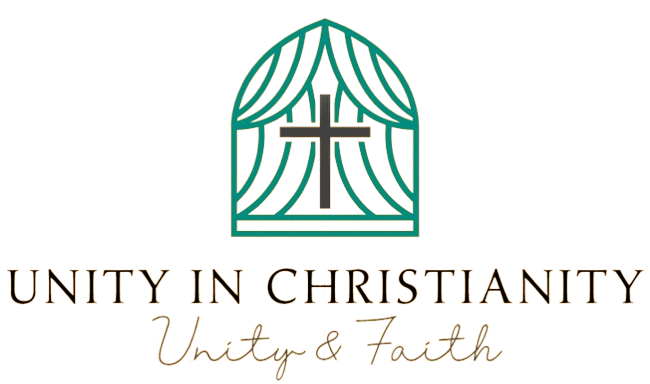A 12TH-CENTURY Greek lectionary that was donated to a village church in 1948 can’t be sold with no faculty, the Consistory Court of the diocese of Southwark has ruled.
In his judgment, the Diocesan Chancellor, the Worshipful Philip Petchey, said that the parish answerable for the unconsecrated church of the Wisdom of God, Lower Kingswood, must obtain a college with a view to sell the lectionary, although the item was gifted before the church became subject to the school jurisdiction.
The church is Grade I listed, and was in-built 1896 as a present by two residents of Lower Kingswood: Sir Cosmo Bonsor, chairman of Watney’s Brewery, and Dr Edwin Freshfield, a partner in a firm of solicitors which still bears his name.
Sir Edwin had a lifetime interest in Greece and commissioned the architect, Sydney Barnsley, to design a church within the Byzantine style. It is devoted to the Wisdom of God, and is described in Sir Simon Jenkins’s book England’s Thousand Best Churches (1999) as “a Byzantine shrine someway detached from Constantinople and dropped into the Home Counties”.
The church is licensed for public worship within the parish of St Andrew’s, Kingswood, but has never been consecrated. It is vested in three trustees, and the parish pays for its maintenance and management.
In 1948, the widow of Dr Freshfield’s son gave a Twelfth-century Greek lectionary to the church, and the plan was for it to be displayed in a glass cabinet within the church. But that didn’t occur, owing to practical difficulties, and the lectionary was put right into a bank vault, even though it can have been brought out and displayed within the church on festival occasions.
From 1968 to 2019, the lectionary was on loan to the British Library, and, since then, it has been within the care of Trinity College, Cambridge. In February 2024, the then Priest-in-Charge of St Andrew’s, the Revd Christine Colton, and the 2 churchwardens sought authority to sell the lectionary.
If the school jurisdiction didn’t apply, the sale could go ahead without the consent of the court. That would make the sale much simpler, and would avoid the likelihood that the court may not give consent.
In February 1990, the then Bishop of Southwark had made an order under section 6 of the Faculty Jurisdiction Measure 1964 that the church should come under the school jurisdiction of the court of the diocese. Section 6(2) of the Measure provides that any constructing in respect of which such an order was made “shall, through the period laid out in the order, be subject along with its furnishings and contents, to the jurisdiction of the court laid out in the order”.
The Diocesan Chancellor, the Worshipful Philip Petchey, said that the query that arose was whether, in 1990, the lectionary formed a part of the contents of the church. The Bishop’s order didn’t specify any period during which the constructing must be subject to the school jurisdiction, and, within the absence of express provision, the Chancellor said that the order must be read as being made “until further order”.
The Chancellor decided that, although the lectionary had never had a everlasting home within the church, “in 1948 it will have been appropriately viewed as a part of the contents of the church” since “it should have been given and received on the idea that it will not directly be made available to be seen throughout the church.”
Although the donor’s intention have to be relevant to ascertaining the status of the lectionary, the Chancellor said that “Mrs Freshfields’s gift was not a conditional one and by 1968 it should have been apparent that the lectionary was never going to be displayed within the church.” The loan was not, actually, a everlasting one, but, in 1968, there have been no envisaged circumstances wherein it will come back to the church.
Even on the idea that it was a everlasting loan, the Chancellor said that it was “still apt after 1968 to explain the lectionary as a part of the contents of the church . . . even when its whereabouts weren’t physically contained in the church”. Therefore, it was vital that, if the lectionary was to be sold, a college be obtained, the Chancellor ruled.
The Chancellor asked for confirmation that the present proposal was for a sale at lower than market value to Trinity College, Cambridge. On that basis, the Chancellor needed an up-to-date valuation, and to be told what the faculty was minded to pay. The Chancellor would then must apply the guidance given by the Court of Arches regarding church treasures.


